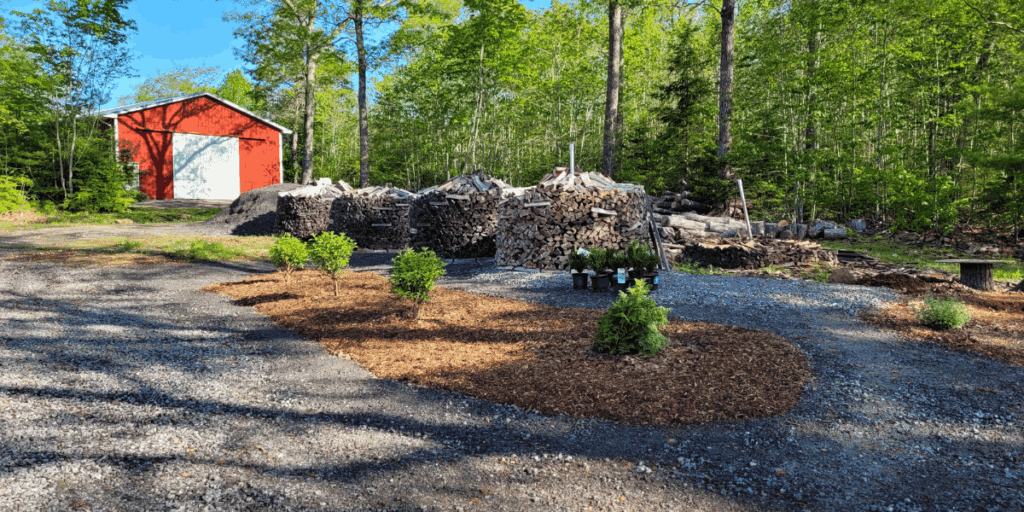DRY. Really bleeping dry.
It may not appear dry from the header image, but folks, this has been the driest spring and summer since we’ve been in Maine. And as a gardener, and someone who cares deeply about the environment and our local wildlife, it’s about the worst thing that can happen.
Spring started out great. Lots of rain, things were greening up nicely and I was excited to add some new landscaping and get my vegetable gardens going.
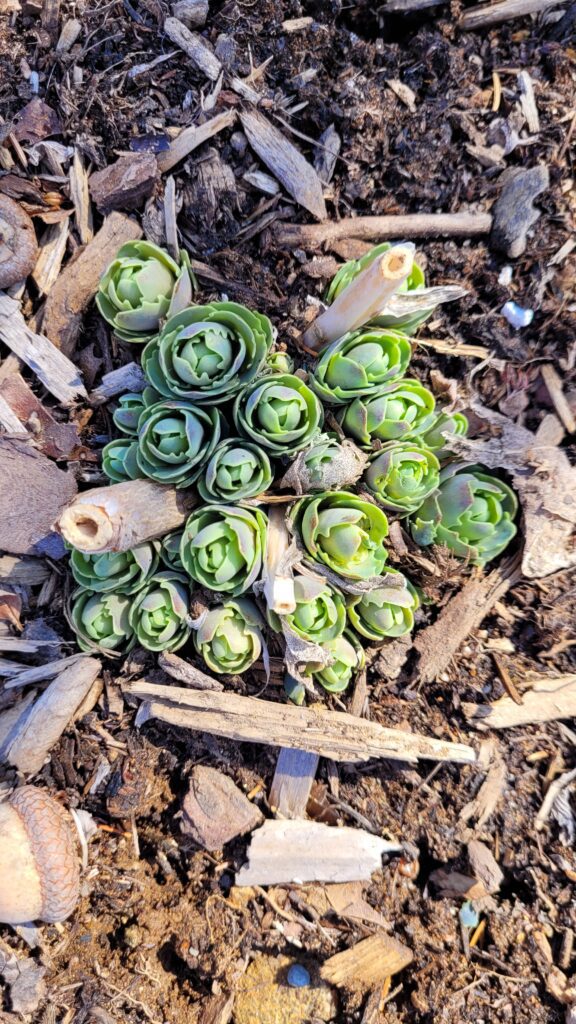
Then, Mother Nature turned the faucet off…for four months (which extended into October). We couldn’t buy a drop of rain.
The ponds on our property dried up. Even this blog dried up, as yours truly spent the majority of her time hand watering gardens and landscape plantings, just to keep some of it alive.
Because we are on well water, we have to be very careful about how much we water the garden and landscape. The last thing we need is for our well to run dry (which we have avoided – thank God). Some plants had to be sacrificed. You can’t save everything.
It has been not been good.
Add to that major issues this spring with the winter moth caterpillar. Those destructive critters defoliated a huge number of our oak trees just as they were leafing out. The trees were able to push out a second round of leaves later in the season, which was great, but also very stressful for them. Add the drought on top of it and our beautiful oaks really suffered this year. They’re so tired, they didn’t have enough energy to produce acorns, so the wildlife is scrambling for other food sources.
It’s always something, but the one-two punch of drought and insect damage has us monitoring tree health very closely. We’re hoping the drought did some good by killing off or greatly reducing the next cycle of the winter moth. And we’re, of course, hopeful for rain. We’ll see.
On a brighter note, I was able to keep my new perennial plantings alive – most are drought tolerant selections, but those still require regular watering during the first couple of years to become established. Sufficient moisture over the winter would be a welcome blessing.

This year I planted Strawberry Vanilla hydrangeas, globe arborvitaes (Little Giants), many boxwoods (Green Mountain, Green Velvet, and Wintergreen varieties), irises, dahlias, and catmint.

I also transplanted some spirea (Gold Mound and Gold Flame varieties), and then the drought hit, so I had to cease any further landscaping.
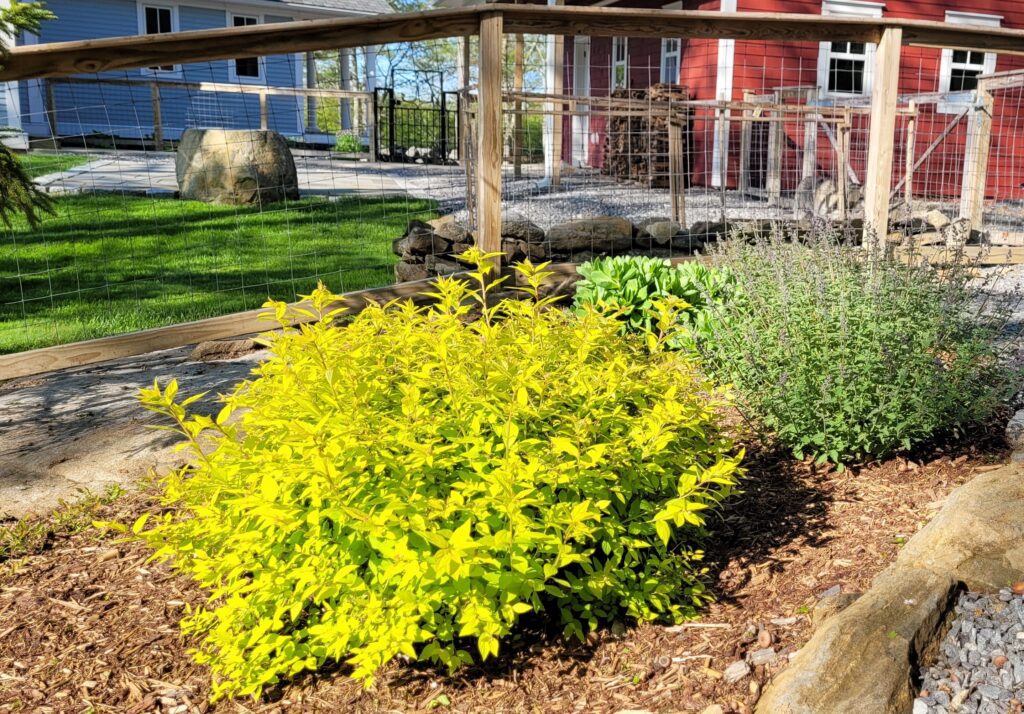
Plus, I was getting pretty tired from digging up rocks and boulders, which is part of landscaping at our place. When you’re on a rocky hilltop, you have to accept that planting is going to be a challenge.
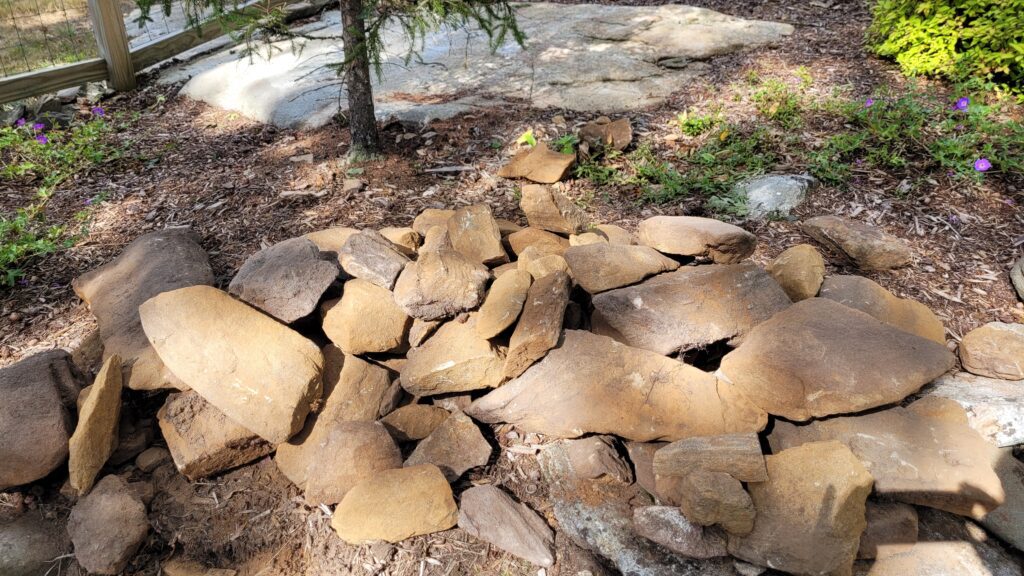
Oh, how I wish I could just dig a hole, put a plant in it, water, mulch, and be done. Alas, that is not the case. Soil prep (aka: rock removal) is a major event. That’s why we have heavy equipment, though, right? But I digress.
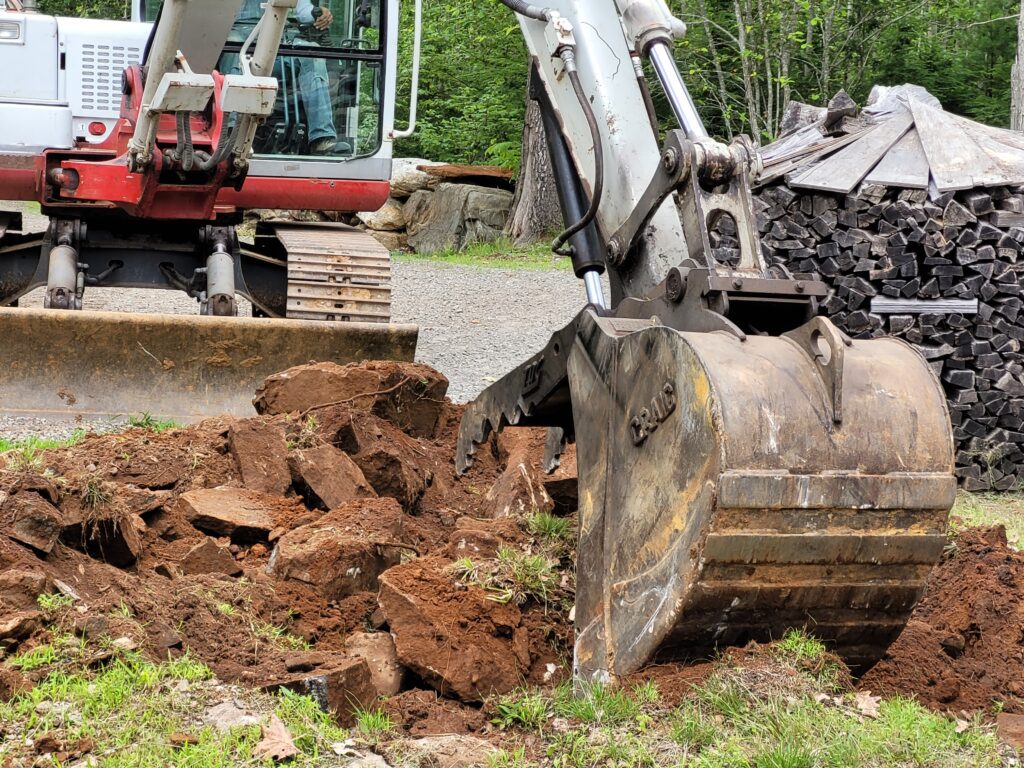
My garden also did well despite the dry conditions (that’s where the hand watering came in).
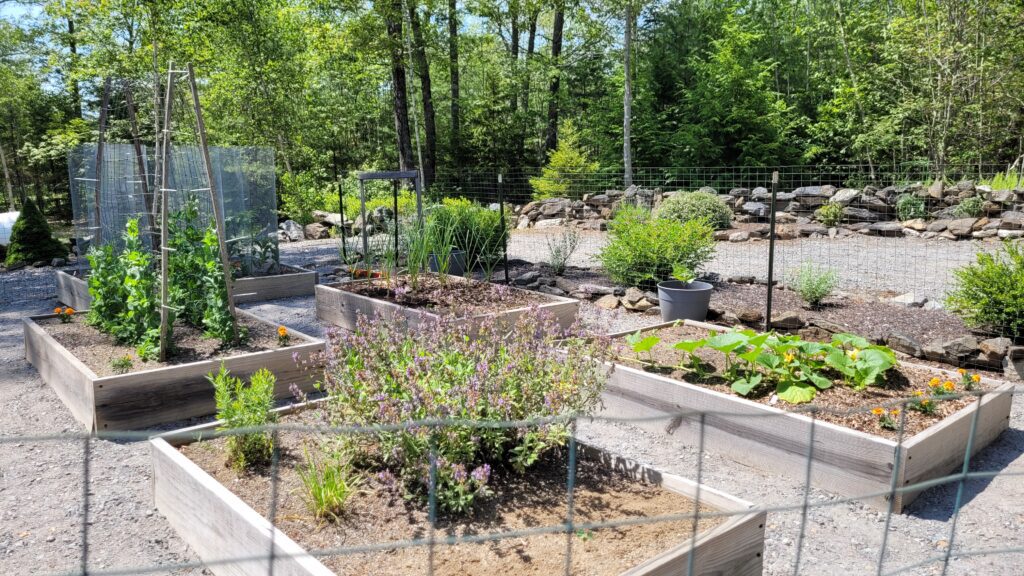
Our tomatoes, peas, green beans, and herbs exceeded expectations.
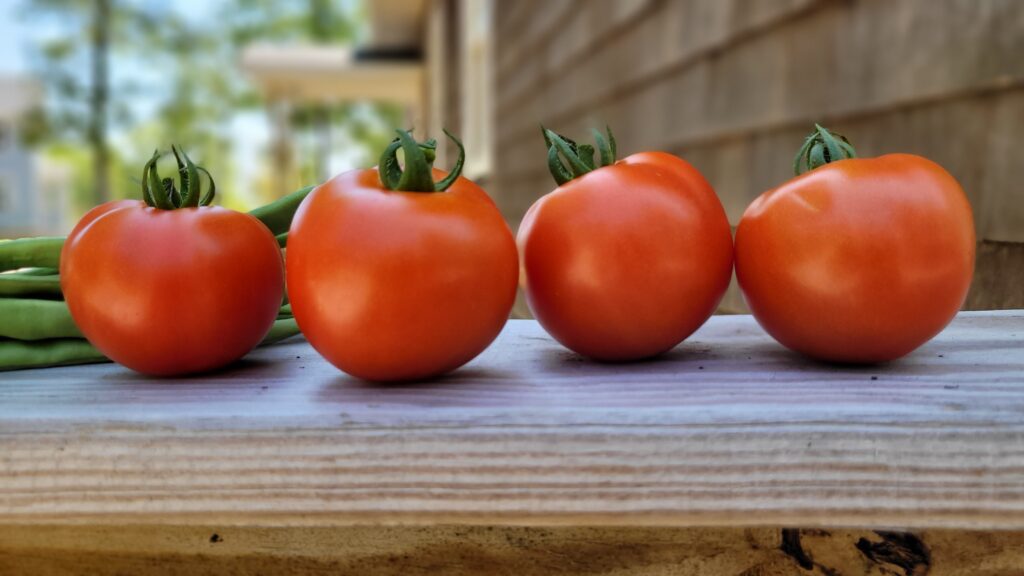
The rich soil in what we call our “field bed” (which is just what it sounds like: a fenced bed out in a five-acre field) kept our sunflowers, pumpkins, squash, and gourds alive, too.
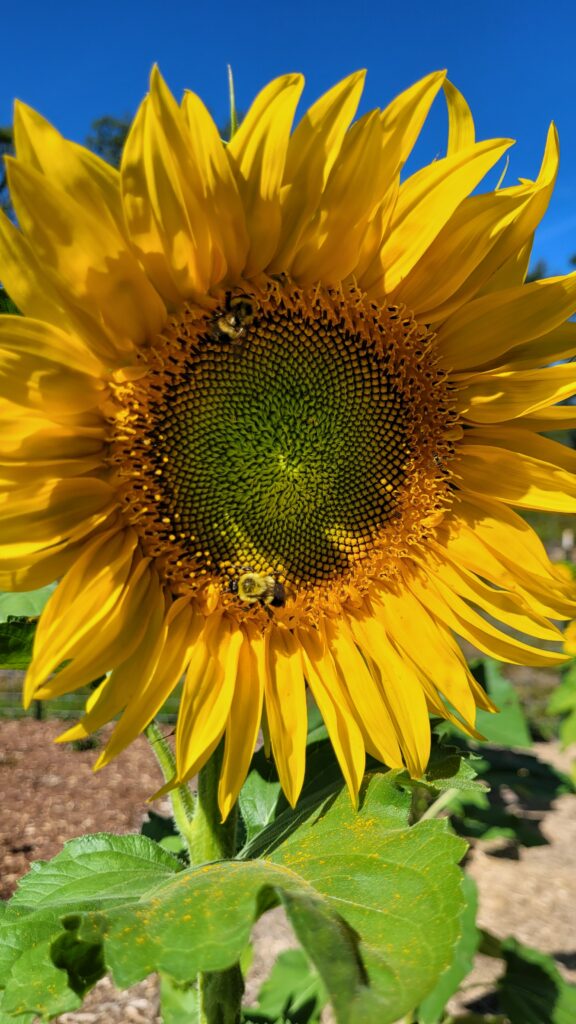
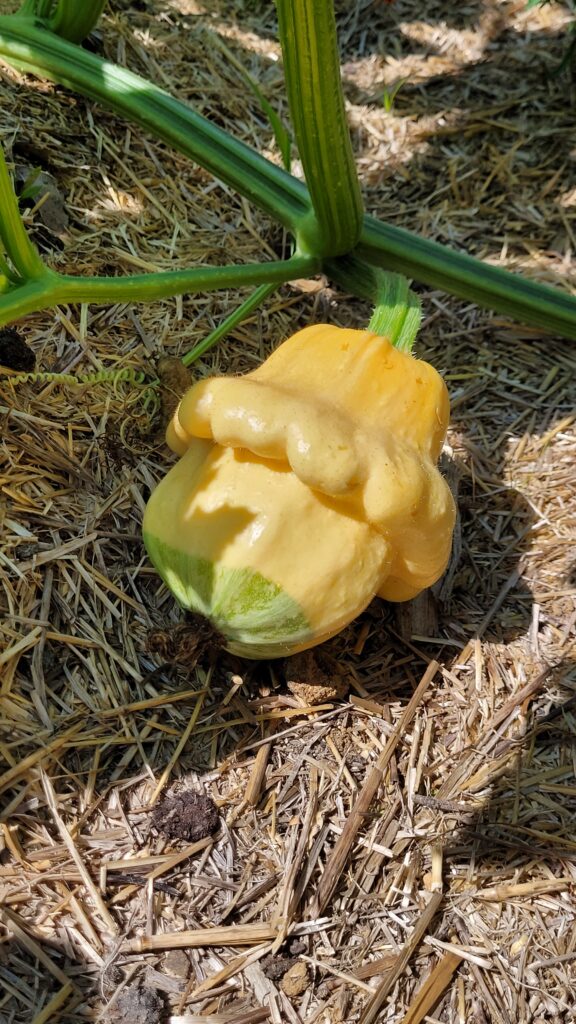
It was the first year I’ve been able to grow some respectable curcurbits – yay! I’m looking forward to trying some new varieties next year.
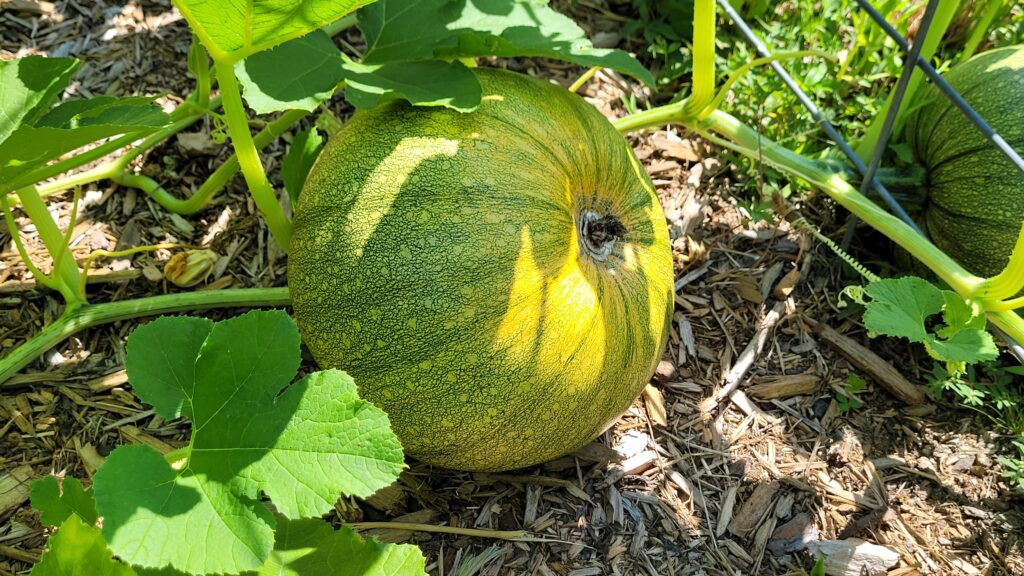
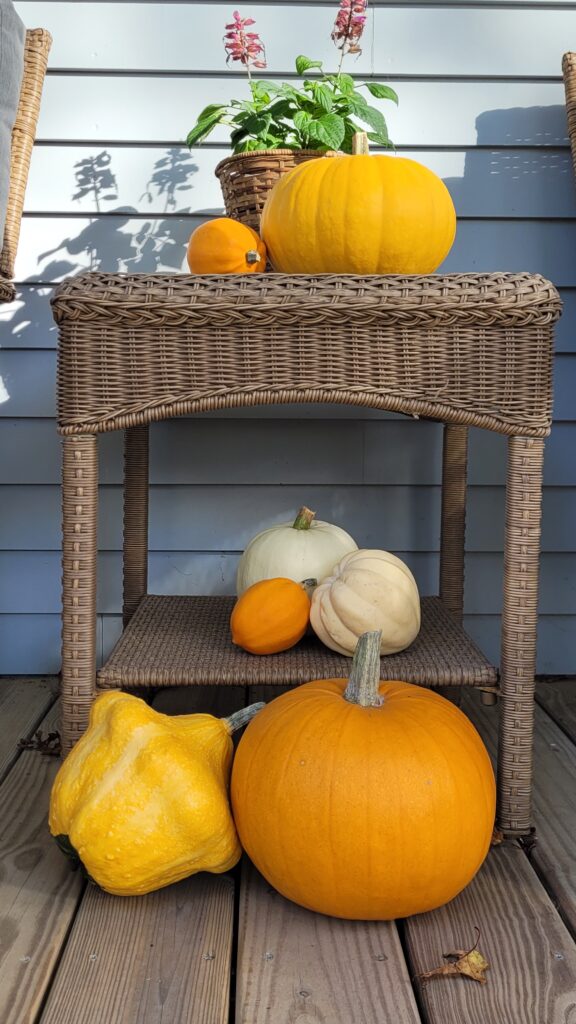
With the harvest over, attention is now on prepping the garden and landscape for winter. Fortunately, we’ve had some rain this week. Fingers crossed that the weather pattern is changing to something a bit wetter. That would go a long way to helping hydrate our trees and shrubs for the cold months and to ending the drought.

We’ll also be revisiting rain water collection as a means of watering the garden. Hubby has a system partially designed, so getting that operational will help out in the event of future dry conditions, which are likely.
For the next couple of months, you’ll find me mulching leaves to spread in the garden, throughout the landscape, and for use as compost. There’s never a lack for those and I hope it stays that way – that will mean our trees are healthy.
Here’s to an end to the drought, a snowy winter, and a healthier 2026!
